The naira has long been a subject of concern for Nigerians. It has faced turbulent times, often spiralling downward due to economic instability, limited foreign reserves, and speculative trading. However, recent events have breathed new life into the currency. The introduction of the Electronic Foreign Exchange Matching System (EFEMS) by the Central Bank of Nigeria (CBN) and the successful Eurobond sales have triggered a steady appreciation of the naira, leaving many wondering how long this upward trend can last.
From a depreciating position of N1,660 per dollar on Monday, the naira climbed to N1,608 by Wednesday and then strengthened further to N1,567 on Thursday. This marks a 2.5% gain within three days. While optimism is palpable, economic experts caution against premature celebrations.
Join our WhatsApp ChannelNaira’s Recovery: What Changed?
The current appreciation has largely been attributed to increased transparency in the foreign exchange (FX) market, brought about by the EFEMS. The platform matches buy and sell orders automatically, ensuring fair pricing and reducing speculative pressures.
Speaking anonymously, a market insider explained, “The EFEMS platform has uncovered that commercial banks had more dollar liquidity than anticipated. This transparency is encouraging confidence among investors and regulators.”
Additionally, the Federal Government’s $2.2 billion Eurobond sale has further bolstered reserves, projecting a potential increase to over $42 billion by year-end. The oversubscription of the bonds—totalling $9.1 billion—signalled renewed investor confidence in Nigeria’s economic policies.
Foreign Portfolio Investors Lead the Way
Foreign Portfolio Investors (FPIs) have been central to the naira’s resurgence, driven by attractive yields on government securities. At a recent auction, the one-year Nigerian Treasury Bills (NTBs) recorded bids of N2.53 trillion, the highest this year.
Gbolahan Ologunro, a portfolio manager at FBNQuest, emphasised the role of FPIs “Yields on treasury bills have peaked at 30.71% recently. This is an enticing rate for foreign investors, who are now flooding the market with dollars. The naira is benefiting from these inflows, which are likely to persist if the current conditions remain favorable.”
The attraction isn’t merely about high yields; it’s also about the assurance provided by EFEMS. “If the EFEMS platform continues to function efficiently, it will sustain investor confidence. FPIs will keep holding naira assets, further increasing dollar inflows,” Ologunro added.
READ ALSO: Naira Gains Stronger Footing As Dollar Dips To N1,567 Following CBN’s Fx Policy
Structural Reforms and Their Impact
The EFEMS initiative is designed to restore sanity to Nigeria’s volatile FX market. By matching transactions transparently and in real time, it addresses the speculative tendencies that have plagued the system.
Uduak Jacob, a portfolio manager at Comercio Partners Asset Management, highlighted the ripple effect of EFEMS “FPIs are participating heavily, and this is also tied to the upcoming Open Market Operations (OMO) auctions. The system ensures that transactions are executed swiftly and transparently, creating a level playing field.”
Jacob noted that these developments are changing perceptions about the naira, particularly among foreign investors. “For the first time in years, there’s hope that the naira can maintain some stability,” he remarked.
What Lies Ahead for the Naira?
Analysts are cautiously optimistic. According to projections, the naira could continue its upward trajectory until early next year, supported by Eurobond inflows and sustained FPI activity. Ologunro painted a promising picture: “With Eurobond sales expected to drive reserves to $45 billion by February, the naira could see further appreciation. However, this depends on the government’s ability to maintain fiscal discipline and transparency in the FX market.”
While there’s room for optimism, some experts warn of potential pitfalls. Rising interest rates globally, coupled with geopolitical uncertainties, could disrupt the flow of dollar inflows.
Skepticism in the Face of Optimism
Despite the positive trends, not all analysts are convinced the naira’s appreciation will last. A recent report from CSL Stockbrokers pointed to the need for sustained economic reforms to ensure long-term stability. The report stated: “The current appreciation is tied to external factors like Eurobond inflows and high yields. Without structural reforms, these gains could be short-lived.”
Market insiders agree that the naira’s journey to stability is far from over. Continued monitoring of the FX market, alongside prudent economic policies, will determine how long the naira can sustain its newfound strength.
A Currency at the Crossroads
The naira’s recent appreciation is a testament to the impact of targeted reforms and investor confidence. However, the journey ahead remains uncertain. As Jacob aptly puts it, “The naira’s fate lies in the hands of policymakers and market forces. The next few months will be critical.”
For now, Nigerians can breathe a little easier as the naira shows signs of life. But the question lingers: how long will the naira continue to appreciate? Only time—and sound economic policies—will tell.
Emmanuel Ochayi is a journalist. He is a graduate of the University of Lagos, School of first choice and the nations pride. Emmanuel is keen on exploring writing angles in different areas, including Business, climate change, politics, Education, and others.
- Emmanuel Ochayihttps://www.primebusiness.africa/author/ochayi/
- Emmanuel Ochayihttps://www.primebusiness.africa/author/ochayi/
- Emmanuel Ochayihttps://www.primebusiness.africa/author/ochayi/
- Emmanuel Ochayihttps://www.primebusiness.africa/author/ochayi/

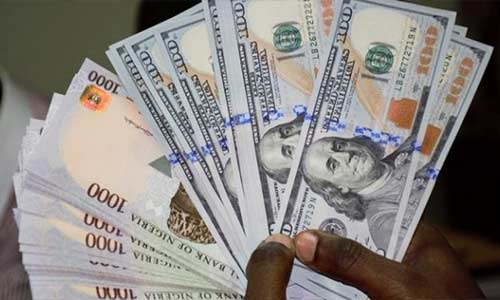



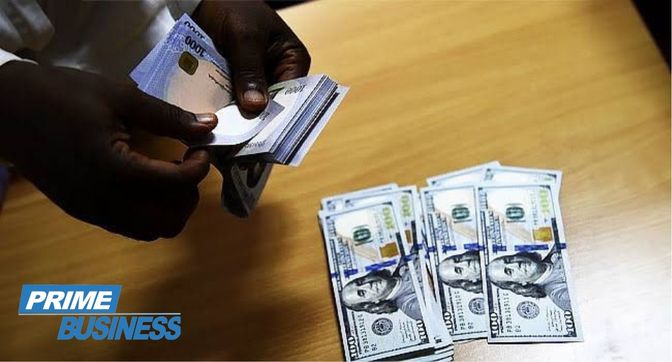
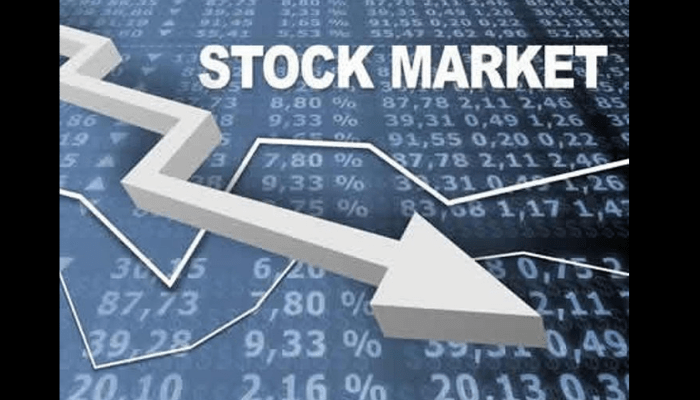

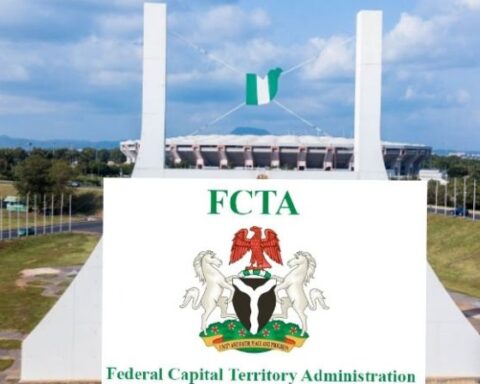
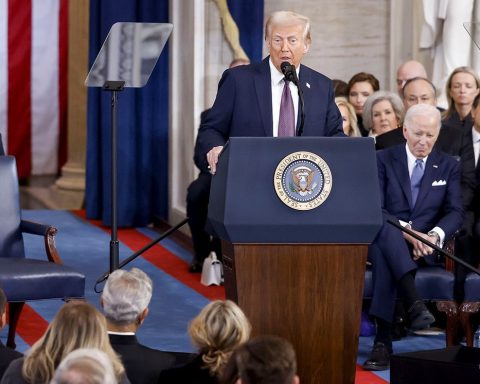
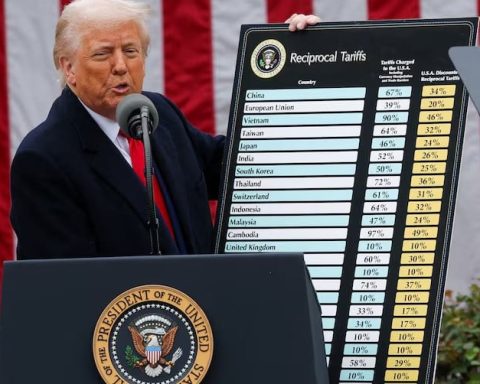



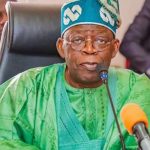



Follow Us